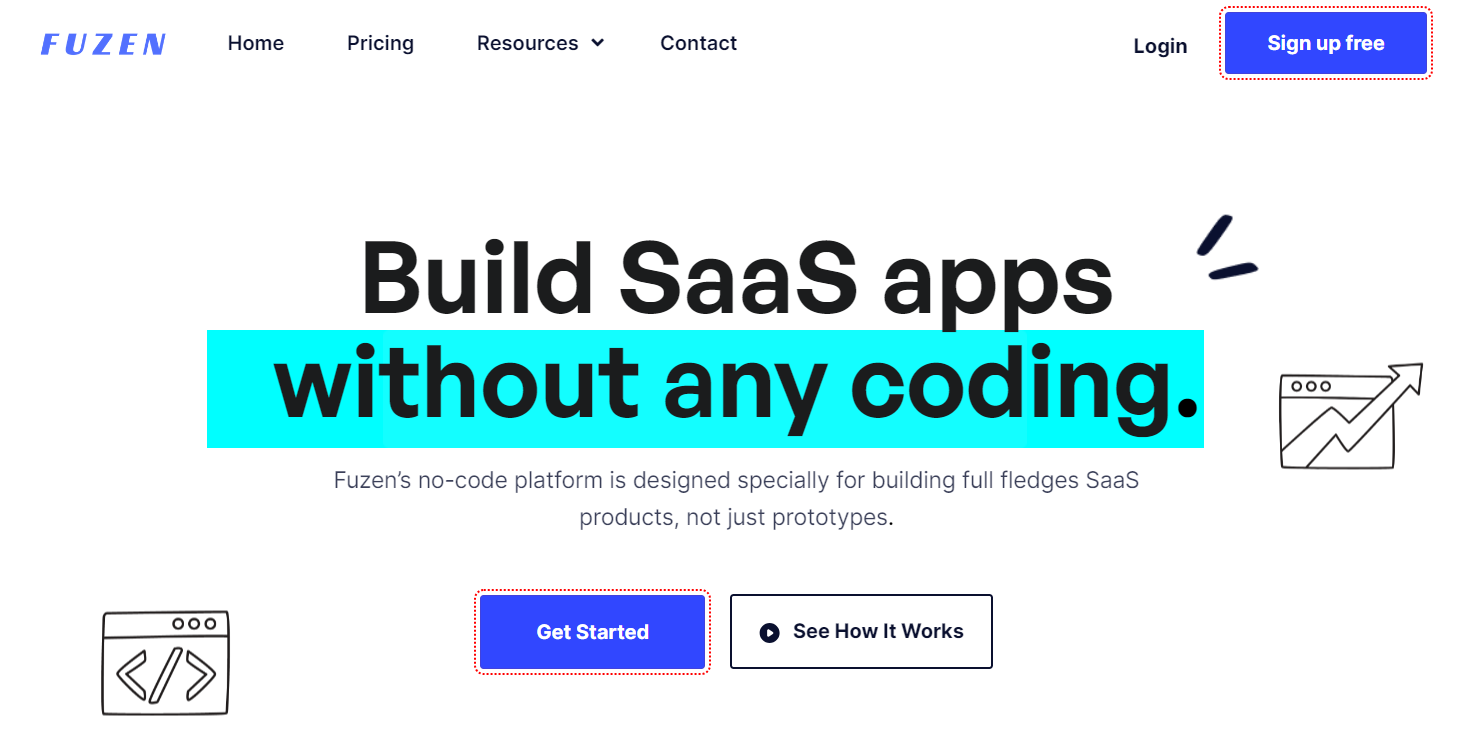Produce Open Platform Databases Easily with the most effective No-Code Tools Available
Produce Open Platform Databases Easily with the most effective No-Code Tools Available
Blog Article
Discover How Scalable Databases Can Be Utilized Without Coding to Improve Your Business Procedures
In today's busy organization setting, the ability to handle and examine data successfully is critical. no-code. Scalable databases, particularly when coupled with no-code remedies, provide a transformative method that empowers non-technical individuals to improve operations.
Recognizing Scalable Databases
Scalable data sources are essential for modern-day organization procedures, enabling companies to efficiently handle raising volumes of data without compromising efficiency. These data sources are designed to expand and adjust to the altering needs of a business, making sure that they can handle bigger datasets and even more intricate queries as organizational requirements advance.
Comprehending scalable data sources entails recognizing their two main types: upright scaling and straight scaling. Vertical scaling, or "scaling up," involves adding more power (CPU, RAM) to an existing server to enhance performance. On the other hand, straight scaling, or "scaling out," requires including extra web servers to disperse the tons, which frequently causes higher flexibility and mistake tolerance.
One more vital aspect is the style of scalable data sources, which can be either non-relational or relational. Relational data sources, such as MySQL and PostgreSQL, are structured and make use of SQL for questions, while non-relational data sources, like MongoDB and Cassandra, offer more flexibility with disorganized information.
Eventually, recognizing scalable data sources is important for organizations aiming to utilize information as a calculated property, allowing them to stay competitive in an increasingly data-driven environment.

Advantages of No-Code Solutions
Opening the potential of no-code options encourages services to streamline operations and boost productivity without the requirement for considerable programming knowledge. These systems permit non-technical users to develop, change, and manage databases effortlessly, therefore equalizing accessibility to technology throughout groups.
One of the main advantages of no-code solutions is their speed of implementation. Organizations can quickly release applications and automate processes, substantially lowering the time spent on development cycles. This agility makes it possible for companies to react promptly to market changes and customer needs, promoting an affordable side.
In addition, no-code systems lower dependence on IT divisions for everyday tasks, allowing technical groups to concentrate on even more intricate jobs that need specialized skills. This shift not only optimizes resource allotment however likewise promotes innovation within the organization.
Cost-effectiveness is an additional benefit, as no-code solutions can lower growth and upkeep costs. By reducing the need for coding competence, firms can harness the abilities of their existing workforce without the overhead of hiring added workers.
Popular No-Code Database Equipment
The rise of no-code solutions has actually brought about the development of various data source tools that cater to organizations looking for efficiency and ease of access. These tools encourage individuals with limited technological experience to create, handle, and control databases flawlessly.

Caspio stands out for its ability to build web applications with no coding. It allows organizations to develop robust data sources and deploy applications promptly, accommodating various market requirements. In a similar way, Propensity offers easy to use interfaces and powerful data management abilities, enabling companies to construct custom applications customized to their operations.

Usage Situations in Service Workflow
Exactly how can services utilize database tools to improve their procedures? Scalable databases give organizations with powerful abilities to take care company website of and assess data without the need for substantial coding knowledge. These devices can simplify different service procedures, inevitably causing enhanced performance and efficiency.
One famous usage situation is customer connection monitoring (CRM) Businesses can make use of scalable databases to track client interactions, choices, and responses, making it possible for individualized communication and far better solution. By systematizing this details, groups can work together a lot more efficiently and react to consumer needs in real-time.
One Home Page more considerable application is inventory management. Companies can employ no-code data source devices to keep track of supply degrees, track shipments, and forecast need. This guarantees optimum stock degrees, reduces waste, and lessens stockouts.
Additionally, project management can benefit from scalable databases by allowing teams to take care of jobs, deadlines, and resources in a linked system. With real-time updates and information visualization, project supervisors can make educated choices.
Getting Going With Application
Implementing scalable data sources in business operations needs an organized approach to guarantee effective assimilation and usage. The primary step is to conduct a complete needs assessment, determining certain organization requirements, data kinds, and anticipated growth patterns. This foundational understanding will certainly guide the choice of the appropriate database remedy.
Next, select an user-friendly, no-code database system that lines up with your functional goals. no-code. Lots of modern options supply intuitive interfaces, allowing non-technical customers to manage data effectively. After choosing a platform, develop a clear information style that details just how information will certainly be arranged, accessed, and kept
Training is important; make sure that staff member are geared up with the required skills to make use of the data source. Consider providing tutorials or workshops to acquaint staff with the system's performances.
Final Thought
In conclusion, the combination of scalable databases with no-code options presents substantial benefits for company procedures. Inevitably, leveraging these innovations can lead to improved productivity and functional efficiency, positioning companies for sustained growth in a competitive landscape.
One popular no-code data source tool is Airtable, which combines the capability of a spreadsheet with the power of a database.How you can try these out can companies take advantage of database tools to improve their procedures? Organizations can use scalable data sources to track consumer communications, preferences, and responses, enabling customized communication and much better service.Implementing scalable databases in business procedures requires a structured strategy to ensure effective integration and use.In conclusion, the assimilation of scalable databases via no-code options presents considerable advantages for business procedures.
Report this page